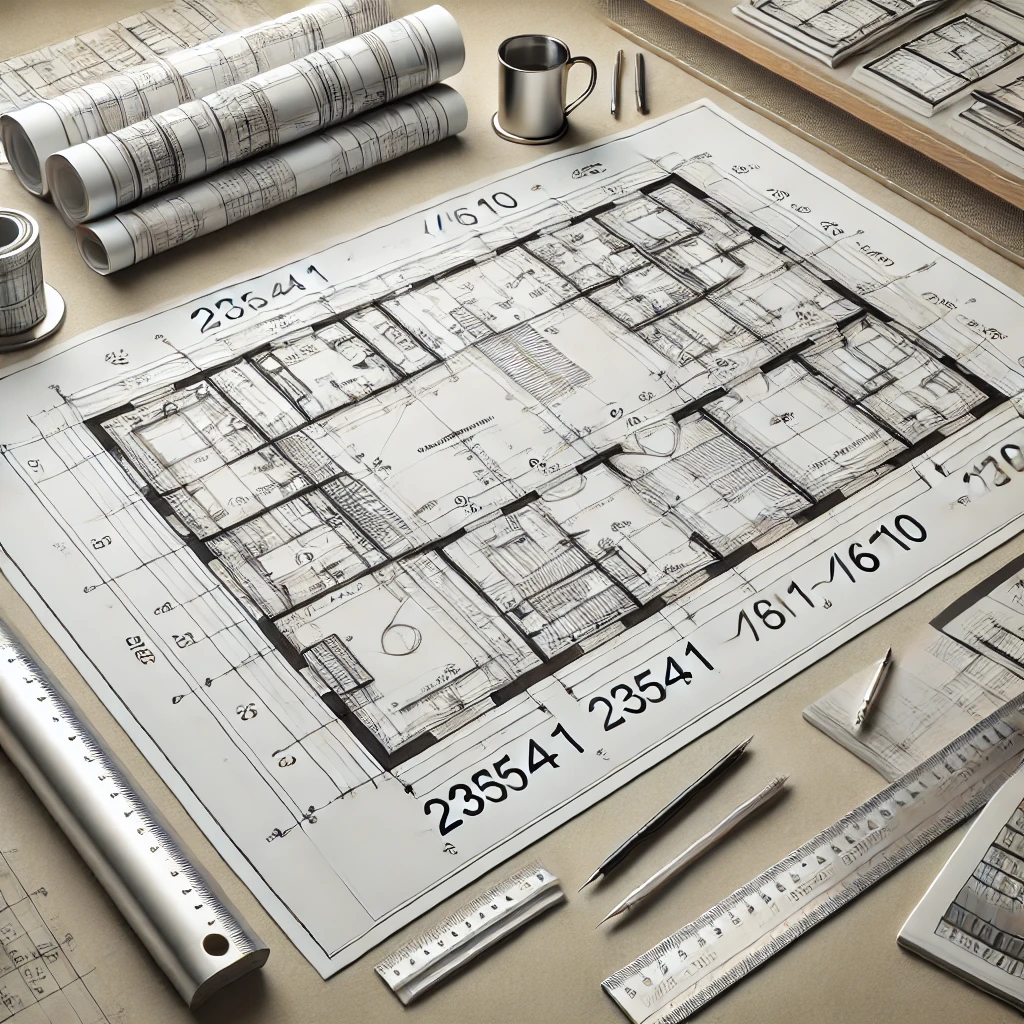The term 23541/1610 frequently appears in construction, where precision and adherence to standards are critical. It often represents specific dimensions, measurements, or tolerances that guide the planning, execution, and completion of construction projects. Here’s a detailed exploration of its meaning, applications, and relevance.
Dimensional Specifications
In construction, 23541/1610 is typically used to describe precise measurements for materials or structural components. These dimensions ensure that every project element aligns with the design and meets safety requirements.
- Example of Dimensions:
- 23541 mm (23.541 meters): Often represents the length of a structural element such as a beam, wall, or floor panel.
- 1610 mm (1.61 meters): This may denote the width or height of a component like a doorframe, wall partition, or structural support.
These measurements are critical for achieving accuracy in construction.

Material Standards
The numbers 23541/1610 may also indicate material standards, pre-cut sizes, or tolerances required for a construction project. By specifying these dimensions:
- Materials can be ordered in exact quantities, reducing waste and ensuring cost efficiency.
- Prefabricated components can be assembled with ease, minimizing on-site adjustments.
Example: Steel beams or prefabricated concrete slabs labelled 23541/1610 can be directly installed without additional cutting, saving time and resources.
Industry Compliance
Adhering to dimensions like 23541/1610 ensures construction standards and regulations compliance. These standards:
- Guarantee Safety: Structures built to exact measurements will likely meet load-bearing and stability requirements.
- Promote Uniformity: Using consistent dimensions across projects simplifies collaboration and material procurement.
For example, a project requiring walls of 23541 mm in length and 1610 mm in height must comply with local building codes to pass inspections and avoid penalties.
for more info
Practical Applications
The practical uses of 23541/1610 are diverse, making it essential for many construction scenarios. Let’s consider a typical example:
Warehouse Construction:
- 23541 mm (23.541 meters): Defines the length of a structural wall.
- 1610 mm (1.61 meters): Specifies the height of a partition or support beam.
These measurements guide workers in laying foundations, erecting walls, and assembling structural components accurately.
Challenges and Solutions
While the use of precise measurements like 23541/1610 is advantageous, challenges may arise, such as:
Misinterpretation: Without proper documentation, these dimensions can lead to errors.
Adaptation Across Projects: Variations in standards may cause discrepancies between suppliers and contractors.
Solutions:
- Detailed Documentation: Ensure that blueprints and material lists are clear and accessible to all stakeholders.
- Advanced Tools: Use precision instruments and software to verify measurements during planning and construction.
Importance of Collaboration
Proper application of 23541/1610 depends on collaboration among:
- Architects: Define dimensions in the design phase.
- Engineers: Validate measurements for structural integrity.
- Contractors: Execute the plan using accurate tools and methods.
Conclusion
In construction, 23541/1610 represents more than just numbers—it embodies the precision, planning, and compliance necessary for successful project execution. By correctly understanding and applying these dimensions, professionals ensure that their projects meet safety, quality, and efficiency standards.



